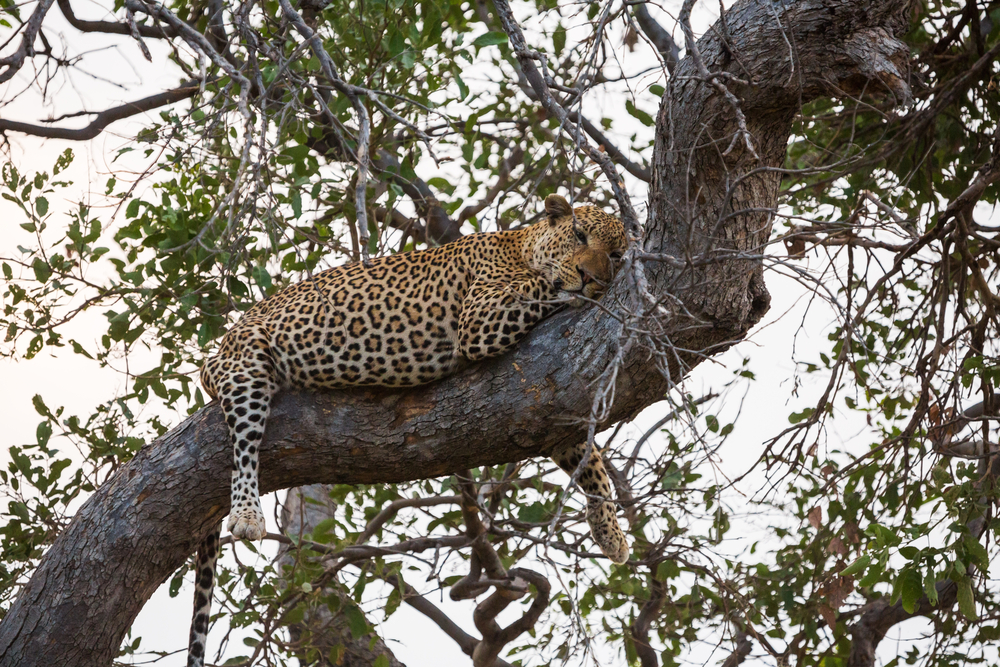Badiar Overview
Badiar National Park, known locally as “Parc National du Badiar,” is a protected area in northeastern Guinea, established on May 30, 1985. Situated in the Koundara Prefecture, the park spans approximately 1,228 square kilometers and shares a contiguous border with Senegal’s Niokolo-Koba National Park, forming a transboundary conservation area.
The park’s landscape is characterized by a mosaic of ecosystems, including savannas, woodlands, gallery forests, and swampy grasslands. The terrain features plateaus and hills, offering scenic vistas and diverse habitats for wildlife. While Badiar National Park does not boast significant mountains or waterfalls, its varied topography provides a picturesque environment for nature enthusiasts.
Badiar National Park is renowned for its rich biodiversity, serving as a sanctuary for numerous species. Notable wildlife includes African elephants (Loxodonta africana), leopards (Panthera pardus), roan antelopes (Hippotragus equinus), and baboons (Papio spp.). The park’s proximity to Niokolo-Koba National Park enhances its ecological significance, facilitating wildlife movement across borders and contributing to regional conservation efforts.
In 2002, UNESCO designated the Badiar Biosphere Reserve, recognizing its ecological importance and the need for sustainable management. The reserve encompasses a variety of vegetation types, including grassland and shrubland savannas, woodland savannas, and gallery forests, each supporting distinct plant and animal communities.
Conservation efforts in Badiar National Park focus on preserving its diverse ecosystems and mitigating threats such as poaching and habitat degradation. Collaboration with Senegal’s Niokolo-Koba National Park aims to create a cohesive management strategy for the transboundary area, enhancing the effectiveness of conservation initiatives. Additionally, engaging local communities in conservation activities promotes sustainable resource use and fosters environmental stewardship.
Visitors to Badiar National Park can engage in activities such as guided safaris, birdwatching, and hiking through its diverse landscapes. The park offers opportunities to observe a variety of wildlife in their natural habitats and to experience the tranquility of Guinea’s savanna ecosystems. While facilities may be limited, the park’s unspoiled environment provides a unique and authentic experience for adventurous travelers.
In summary, Badiar National Park plays a crucial role in conserving Guinea’s natural heritage. Its diverse ecosystems and transboundary location make it a significant area for biodiversity conservation and ecological research. Ongoing conservation efforts and regional cooperation are essential to ensure the park’s protection for future generations.










































































